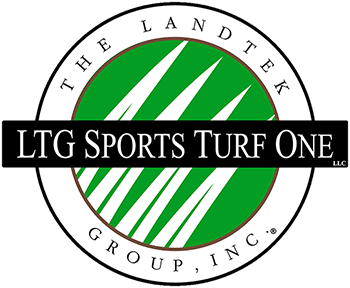One of the biggest decisions when planning a sports field construction project is choosing between synthetic and natural turf. Both synthetic and natural turf have pro’s and con’s, however, synthetic turf frequently gets a bad rep. There are a lot of myths floating around about synthetic turf that could sway your decision. We want to help you by tackling some of these myths and giving you the truth. Knowledge is power! We want to give you the power to make a confident decision when picking new turf for your athletic field construction project.
Myth #1 – Synthetic Turf is a Detriment to the Environment
Although synthetic turf is made from non-biodegradable materials, it’s made to last years and years. With proper maintenance, turf can be a long-term solution for sports fields and stadiums. In actuality, there are many ways in that artificial turf is better for the environment than natural turf.
- Requires less water than natural turf
- Does not require pesticides
- No need for mowing that creates air pollution
- Uses recycled tires for infill
Myth #2- Artificial Turf is Bad for Players
May theories have been proposed saying that synthetic turf causes more injuries and that the infill used is toxic. There are very few studies on the injury statistics related to turf. However, injuries happen on both natural and synthetic turf fields. The best way to prevent injuries is through proper equipment usage and regulation. As far as the infill, there are many studies that have been completed. These studies have not shown any links between the infill and health hazards to people.
Myth #3 – Artificial Turf Gets Too Hot
The truth is that artificial turf can indeed become warmer than natural turf. However, the difference is not very dramatic with modern synthetic turf options. There is usually only a few degree temperature difference between natural and artificial turf. Plus, a sprinkler or irrigation system can help drop the temperature of artificial turf by as much as 10 degrees!
Myth #4 – Synthetic Turf is Expensive
The initial installation cost of artificial turf is often much higher than that of natural turf, but the maintenance can come out to be about the same. With proper maintenance, an artificial turf field can last between 15-25 years before needing to being replaced. Natural turf is more susceptible to weather conditions, pests, and damage from use. This may lead to needing more frequent repairs and replacement.
There are a lot of great benefits to a natural turf field, but do not let common misconceptions keep you from choosing synthetic turf for your athletic field construction project. Make a decision on real facts, and the specific needs of your athletic field.
Contact Sports Turf One for expert advice and construction management throughout your sports field construction project!
